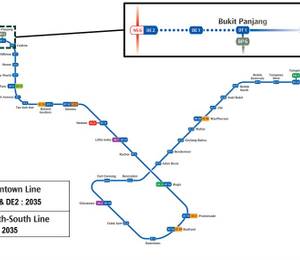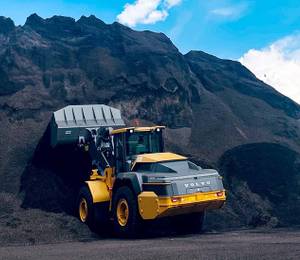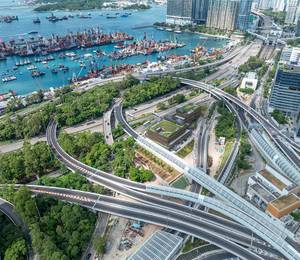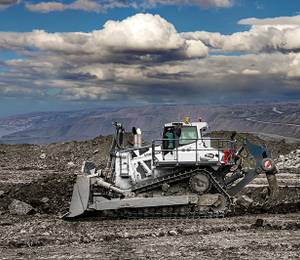Cambodia, which relies heavily on hydropower, has witnessed power shortages due to reduced hydropower generation owing to draughts and lower water levels in the dams, according to data and analytics company GlobalData. The country’s recent 10-year plan has low impetus on developing mainstream dams and seek alternative sources to meet the electricity demand from coal, LNG, solar PV and imports from neighbouring countries.
GlobalData revealed that around 83% of the new generation capacity built between 2020 and 2030 will be from coal (56%) and solar PV (27%), while hydropower (8%) and oil (9%) are likely to account for the remaining new capacity.
“Cambodia had predominantly looked at hydropower for meeting its power needs. Hydropower accounted for 58% (nearly) of the generation in 2018, falling by 45% (approximately) of the generation in 2019. The droughts in 2019 had brought down the share of hydropower in the nation’s generation mix significantly, compelling to opt for alternative sources to support the generation mix and avoid such unforeseen circumstances,” explained Ankit Mathur, practice head for power at GlobalData.
The Mekong river provides a strong potential for the development of hydropower in the country. However, the development has found strong opposition from the environmentalists for a potential harm to the fisheries and farmlands next to the basin, noted GlobalData.
The Cambodian government is keen to invest in the expansion and upgradation of the electricity infrastructure, added GlobalData. It is estimated that the current transmission and distribution network is likely to expand at a compound annual growth rate (CAGR) of 11.8% until 2025, almost doubling the transmission line length from the present. This expansion is likely to ease the transmission and distribution woes, and support the new capacity built.
Mr Mathur concluded, “Cambodia’s recent approval of more than US$ 830 million worth electricity infrastructure projects, including a 150 MW hydro project, 265 MW coal-fired plant and three transmission lines, clearly draws the line for lower hydropower development and focus on alternative sources.
“The country looks to build a sustainable generation mix that will support the expansion of the national grid and trim the electricity prices with lower imports. The increased expansions of the coal-based power plants and LNG suggest that the country is significantly reliant on imported fuel and electricity and it will continue to do so until the lined-up infrastructural projects materialise completely.”
Image: Adam Hill/Pixabay











